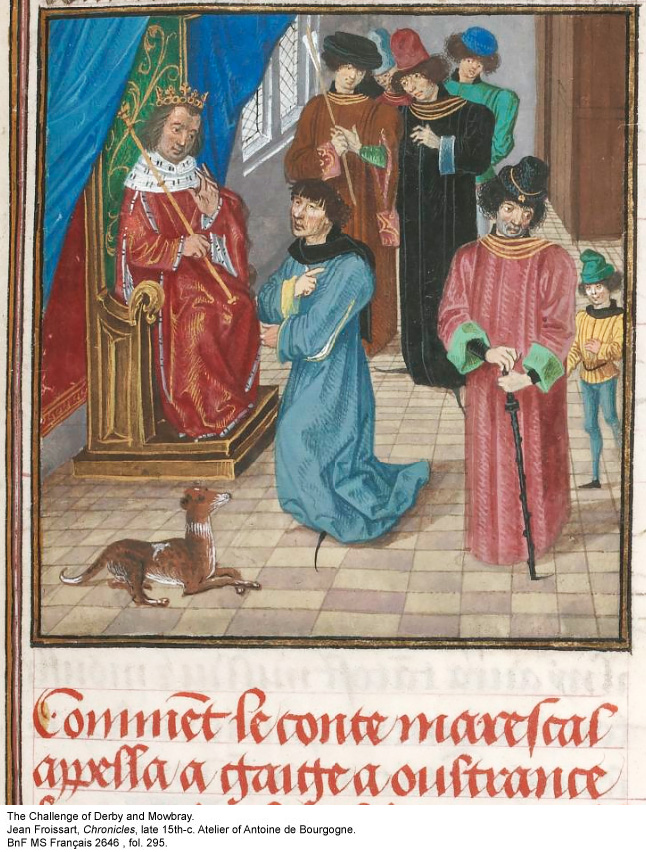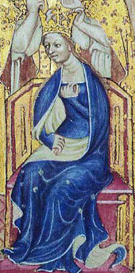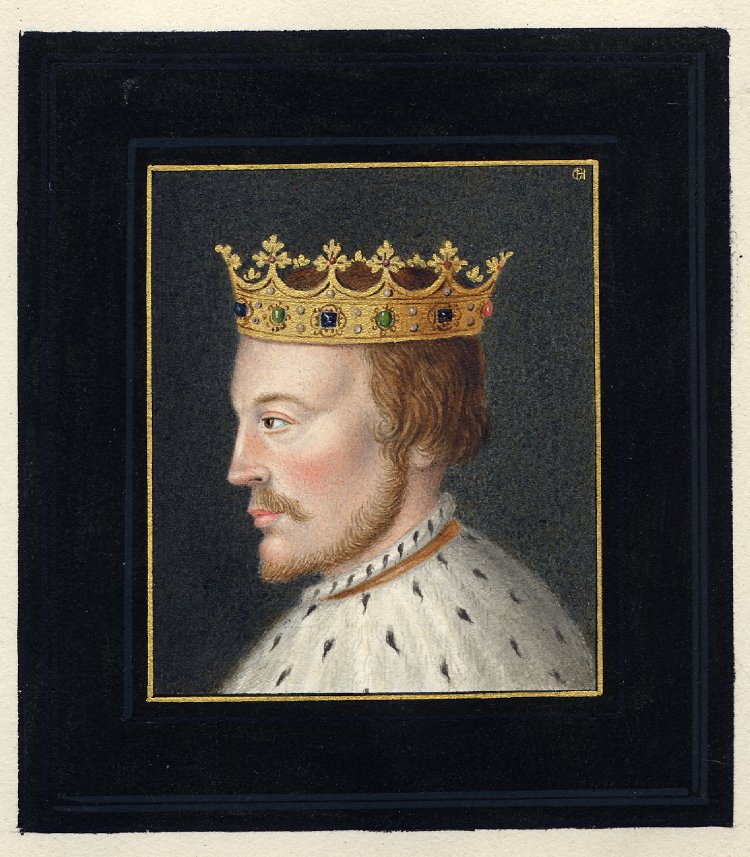The so-called Lost Ark, notably known for the Indiana Jones film, is referred in the Old Testament as a container of the original Ten Commandments, which was written on two tablets of stone, and therefore it is usually called the Ark of Covenant. It had been stored in the Temple of Solomon, in Jerusalem, until the city was attacked and sacked by Nebuchadnezzar, king ofBabylon, in 566 BC. Since then, the Ark has been 'lost' from the history.
However, according to the Old Testament, this was not the first occasion where the Ark was taken away from the hands of Israelites. In the Book of Samuel, long before the construction of the Temple of Solomon, the following incident happened:
‘After Israel settled in Palestine, the ark remained in the tabernacle at Gilgal for a while. It was then moved to Shiloh till the time of Eli, between 300 and 400 years… when it was carried into the field of battle in an attempt to guarantee victory. However, it was taken by the Philistines (1 Sam. 4:3-11), who later returned it after seven months when they realized it was bringing a curse on them (1 Sam. 5:7-8).’(http://www.christiananswers.net/dictionary/ark.html)
 |
| The Ark of the Covenant |
To explain why this took place upon the Ark of Covenant, it could be helpful to look at the priest called Eli, who was in charge of storing theArk then:
‘Eli served as a priest and judge of Israel for forty years (1 Sam. 4:18). It was not an easy time in which to exercise leadership. Israel had no centralized government, and “everyone did what was right in his own eyes” (Judg. 21:25)—including Eli’s own sons, Hophni and Phinehas. They abused the sacrificial system and committed immorality with the women at the tabernacle (1 Sam. 2:12–17, 22).Eli was in a position to put a stop to these abuses, but he was… unable either to restrain his sons or to remove them from the priesthood, and he and his descendants fell under the scathing judgment of God (2:27–36).’(http://www.urbana.org/word-in-life-study-bible/eli-the-failed-leader-of-shiloh)
.jpg)




